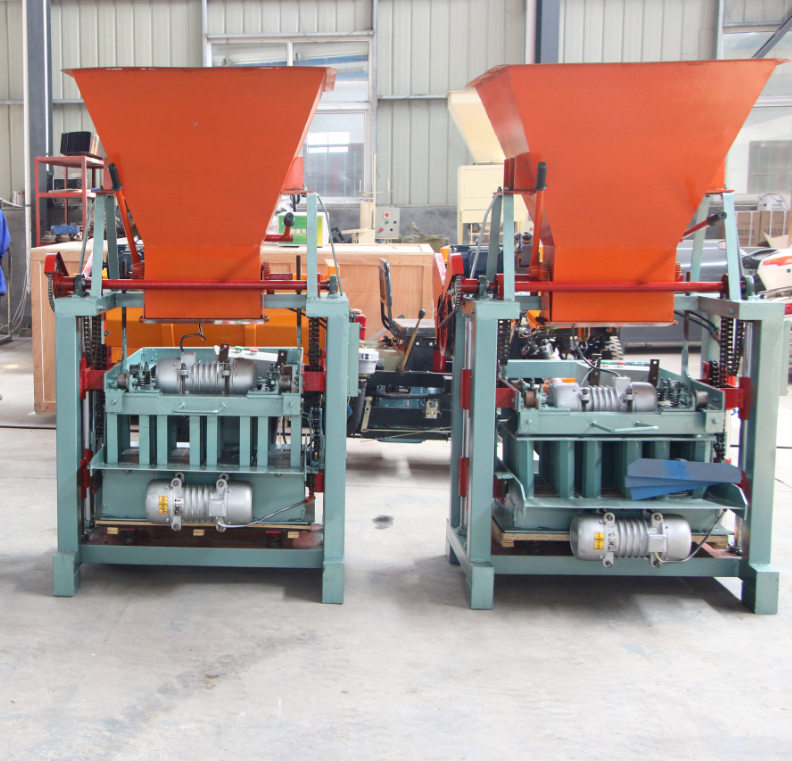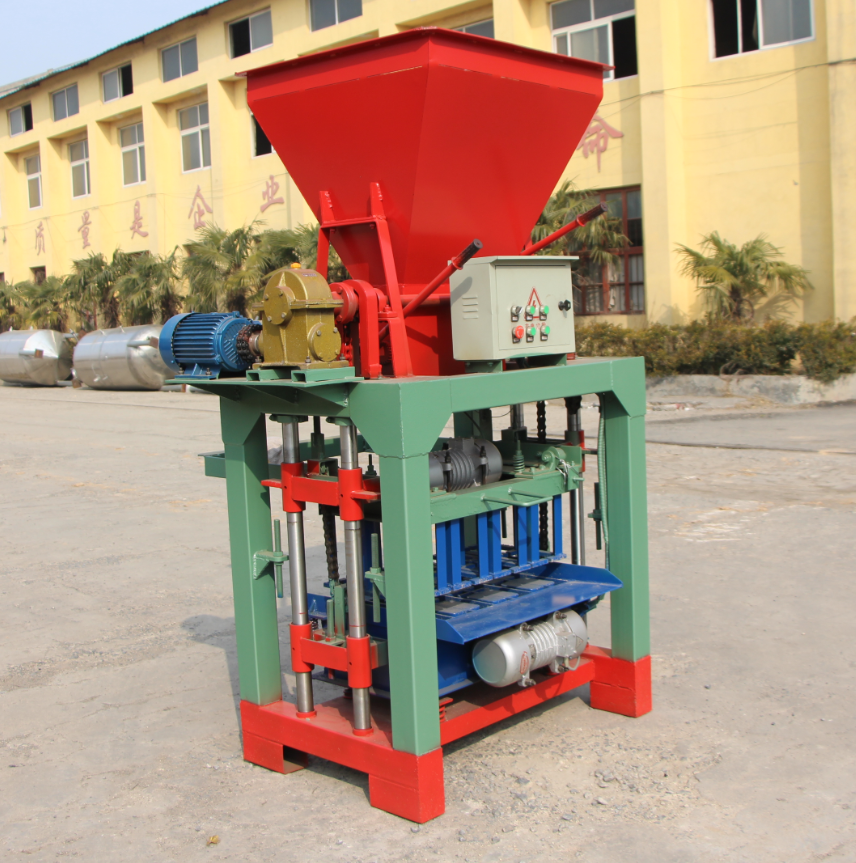When firing chloride, arsenic pyrite decomposition mechanism is shown below (indicated in parentheses chloride - each phase reduction roasting temperature range):

The gold symbiotic with the arsenic pyrite interacts with the oxidized - chlorinated roasting product of FeAsS at the moment when the sulfide begins to decompose . Three new products appear on the surface of the gold grain: reddish brown film (in

The study of gold structure by mineral phase analysis shows that the temperature has not been reached.
The calcination obtained by the oxidative cyanidation calcination at a higher temperature causes the slower rate of gold conversion to a solution during the subsequent cyanidation treatment (the Fig. 2 ). In general, oxidative - chlorination roasting is more promising than mono - oxidative roasting. This is because the presence of the chlorinating agent can eliminate the "thermal passivation" phenomenon which may occur due to the metal impurities of the gold particles and the chlorination of the surface oxide film. Therefore, the addition of sufficient chlorinating agent (about 3% by weight of the sulfide ) for the oxidative - chlorination calcination of the calcined casseride can make the recovery of gold to solution higher than that after single - oxidation roasting. Cyanide. However, the oxidative chlorination roasting method has the disadvantage that gold may be lost to the gas phase in the form of volatiles during chlorination. The initial temperature of gold chlorination is
When the gold-containing arsenopyrite is subjected to chlorination - reduction calcination, the highest number of peaks of the arsenate surface film forming iron on the gold particles move toward some higher temperature. Carbon has a protective effect on the chlorination of metal impurity oxides on the gold surface. This is chloride - reduction firing method - the additional factors. Because the oxides of metal impurities play an important role in the appearance of "thermal purification." These conditions lead to a decrease in the rate of gold dissolution after calcination at the above-mentioned oxidation - chlorination calcination temperature (Fig. 4 ).

However, when a sufficient amount of reducing agent ( 3% of the weight of FeAsS ) is present in the chlorination calcined charge, it is practically possible to prevent the gold from volatilizing into the gas phase. This allows calcination at higher temperatures and greatly increases the rate of chlorination of gold. At this time, the gold which has been chlorinated can be instantaneously reduced and the regenerated metal is separated. In this regenerated metal, a thin film of a non-ferrous metal deposit and an impurity thereof which are extremely fine needle-like crystals on the surface of the primary metal and the metal bead or the surface of the carbon residue have been removed. The formation of an emerging highly developed reaction surface can dramatically increase the rate at which gold is transferred to the cyanide solution after calcination of the gold-containing arsenopyrite under the enhanced chlorination temperature.
Therefore, the difference between chlorination - reduction calcination and oxidative - chlorination roasting is that the optimum temperature of the former should be slightly higher - that is, at 800~
Conclusion
In the firing conditions of gold cyanide arsenic concentrate, from a study of the decomposition mechanism arsenopyrite, optimum conditions for the chlorinating roasting, so as to ensure the next - when the calcine cyanidation step to maximize the recovery of gold.
Small Cement Concrete Brick Machine is specially equipment of producing mini hollow brick, and also Cement Brick Machine is one of the ideal equipment for solving new wall material, which has advantages of low cost investment, quick effectiveness and making brick with excellent compactness, high strength, high quality. Stem rigid concrete is caulking forming by vibration of high frequency, small amplitude, And achieving the dense to reduce internal porosity by mechanical force, and to fully improve the cement hydration by curing. According the advantages and characteristics of different building, the brick types can change to fully show the flexible and outstanding characteristics. Concrete Hollow Machine is very easy to operate.
Main Feature And Advantages of Concrete Block Machine.
2. The shape shall be determined according to the needs of the project, and the block bricks of different specifications shall be determined.
3. It can be hollow block, multi row hole brick, solid brick and other concrete bricks of different varieties.
4. The waste concrete bricks can also be recycled, which increases the comprehensive utilization rate of resources.


Concrete Brick Machine,Manual Hollow Block Making Machine,Manual Concrete Brick Making Machine,Cement Concrete Brick Making Machine
Gongyi Xiaoyi Jinwang Machinery Factory , https://www.jinwangmachines.com